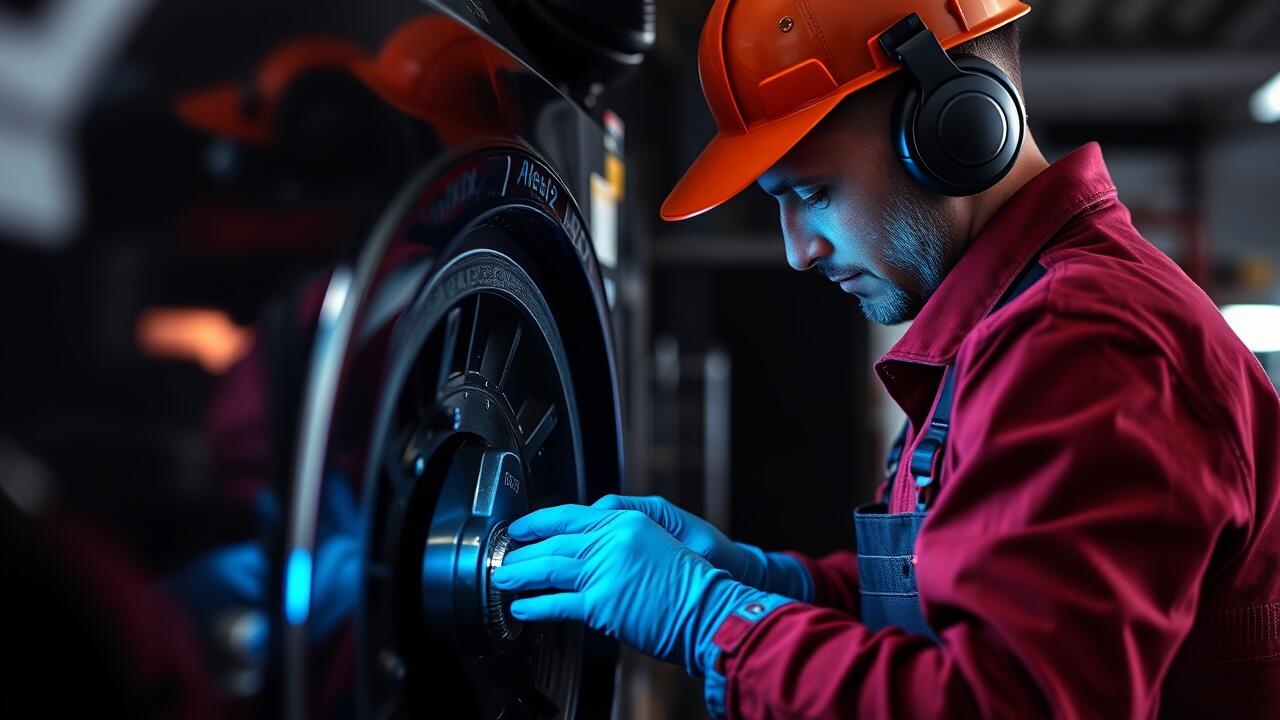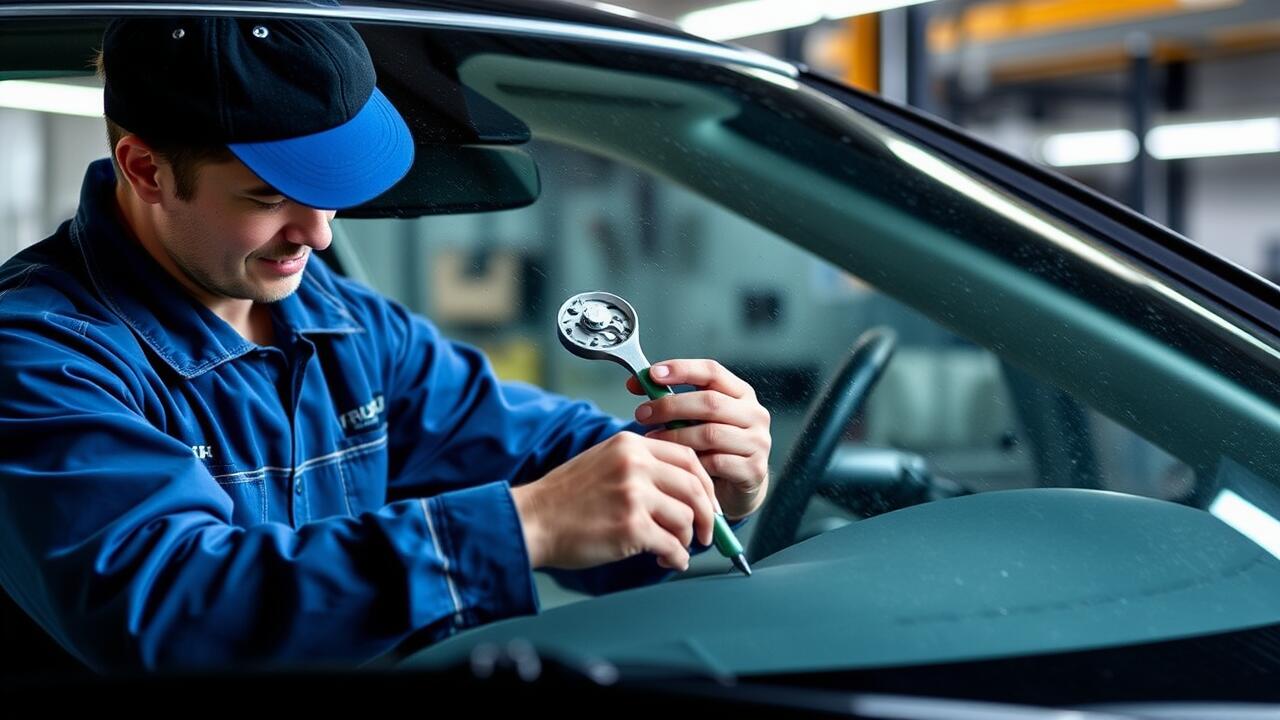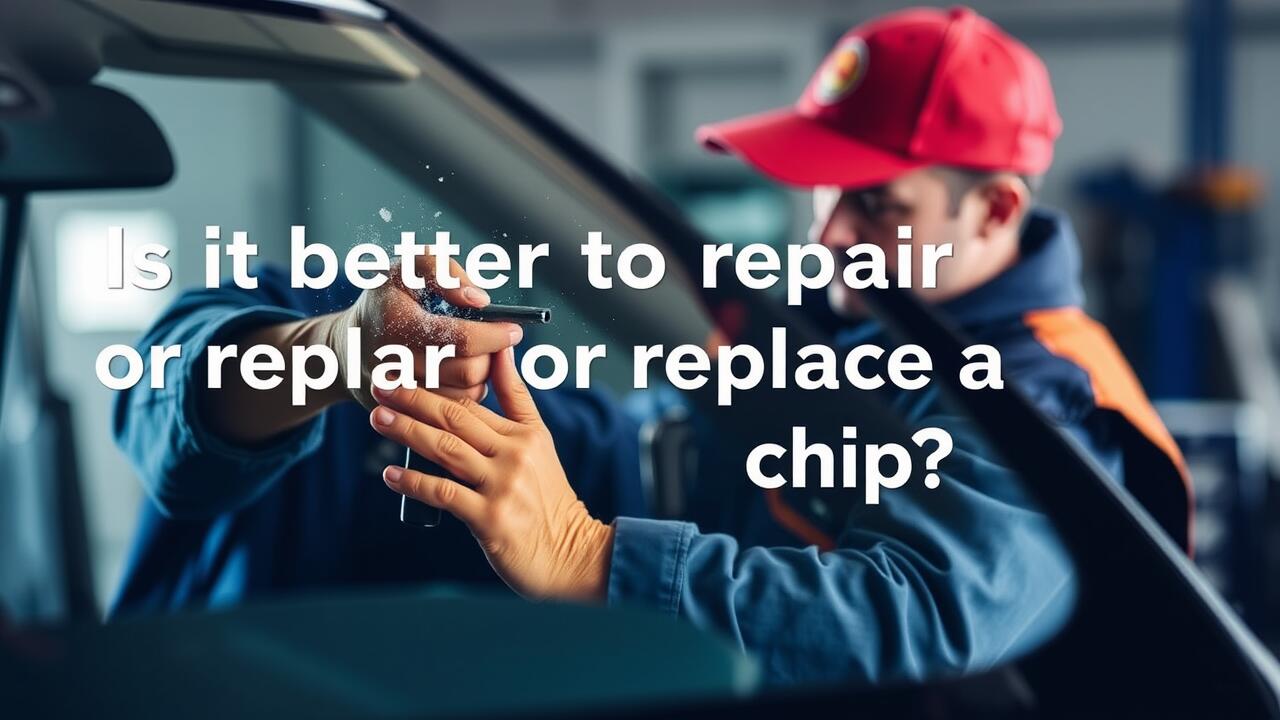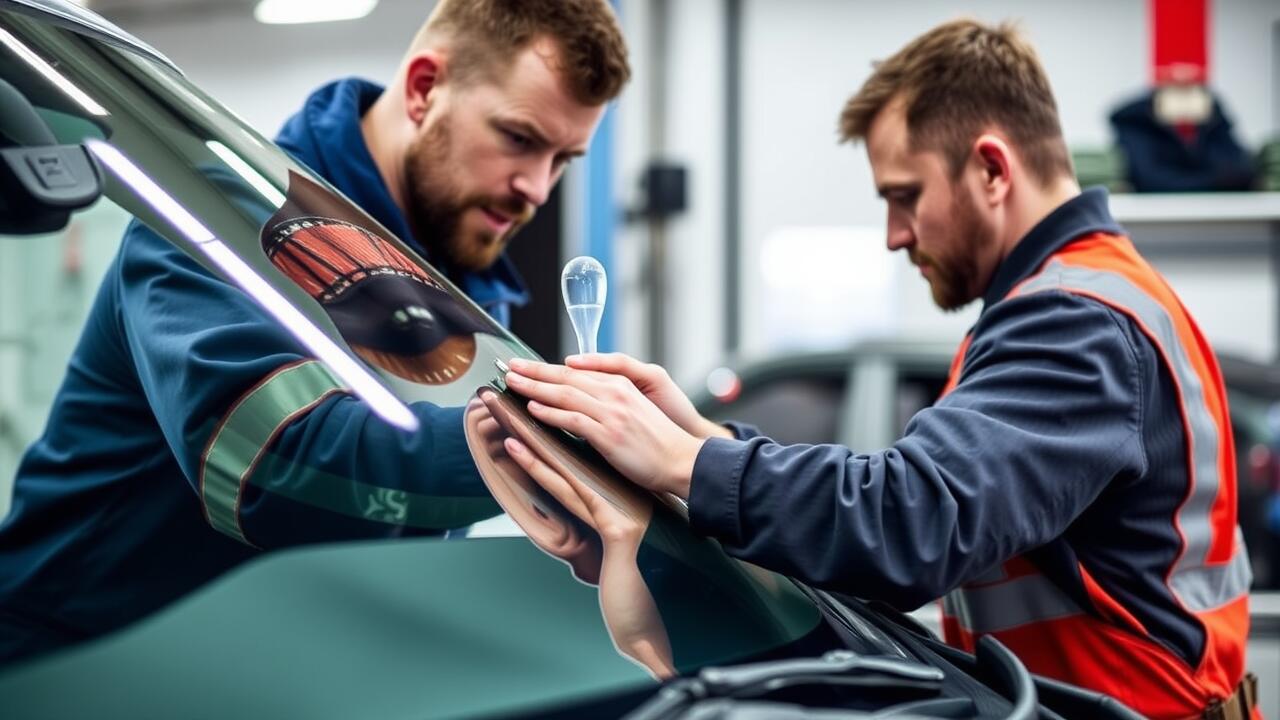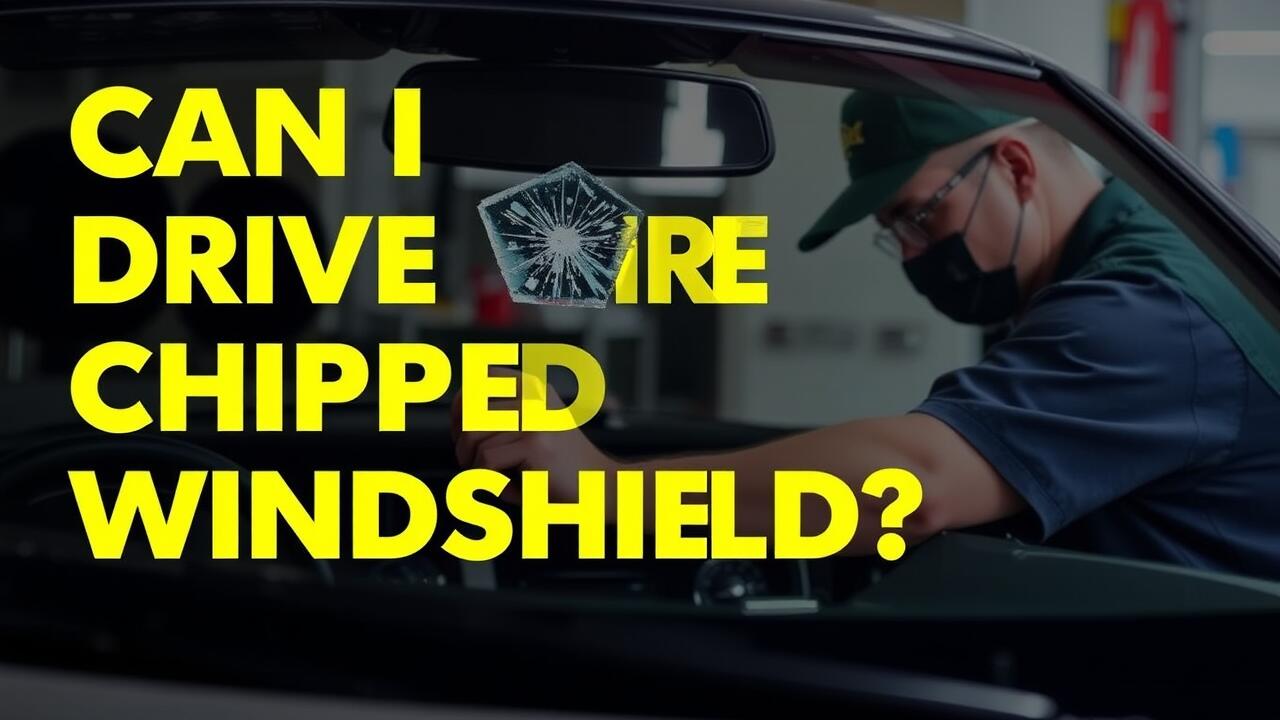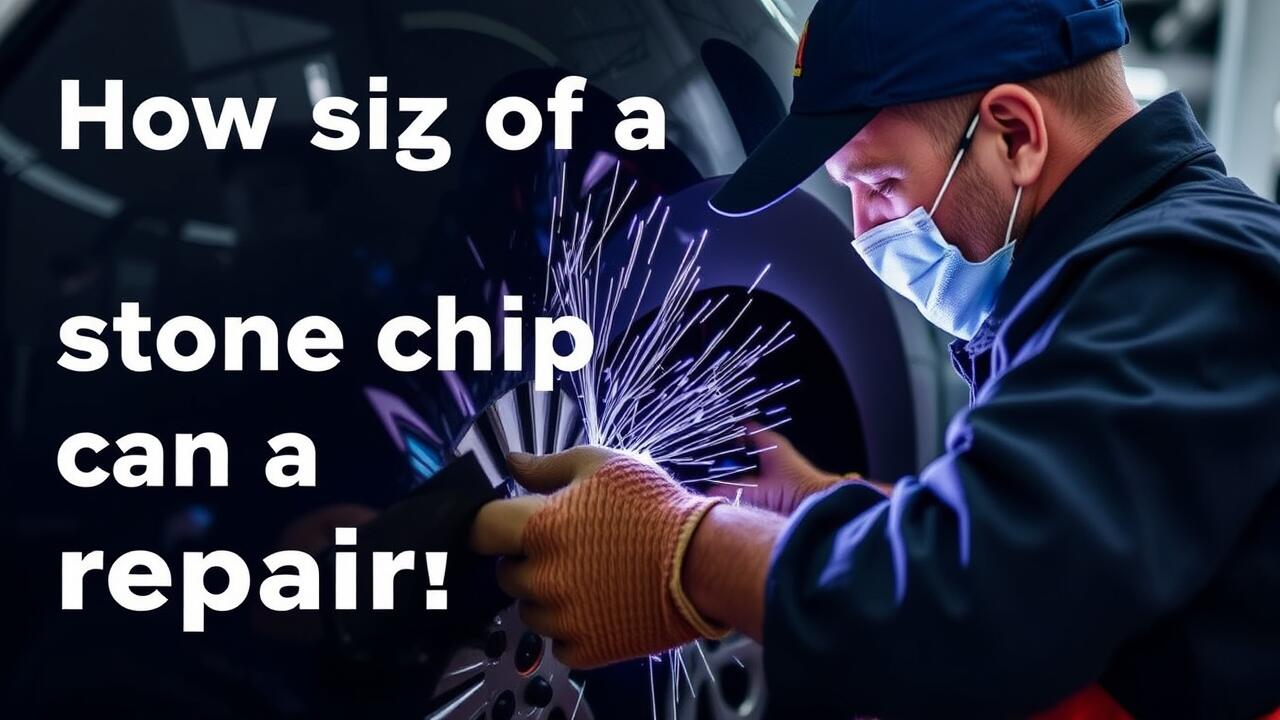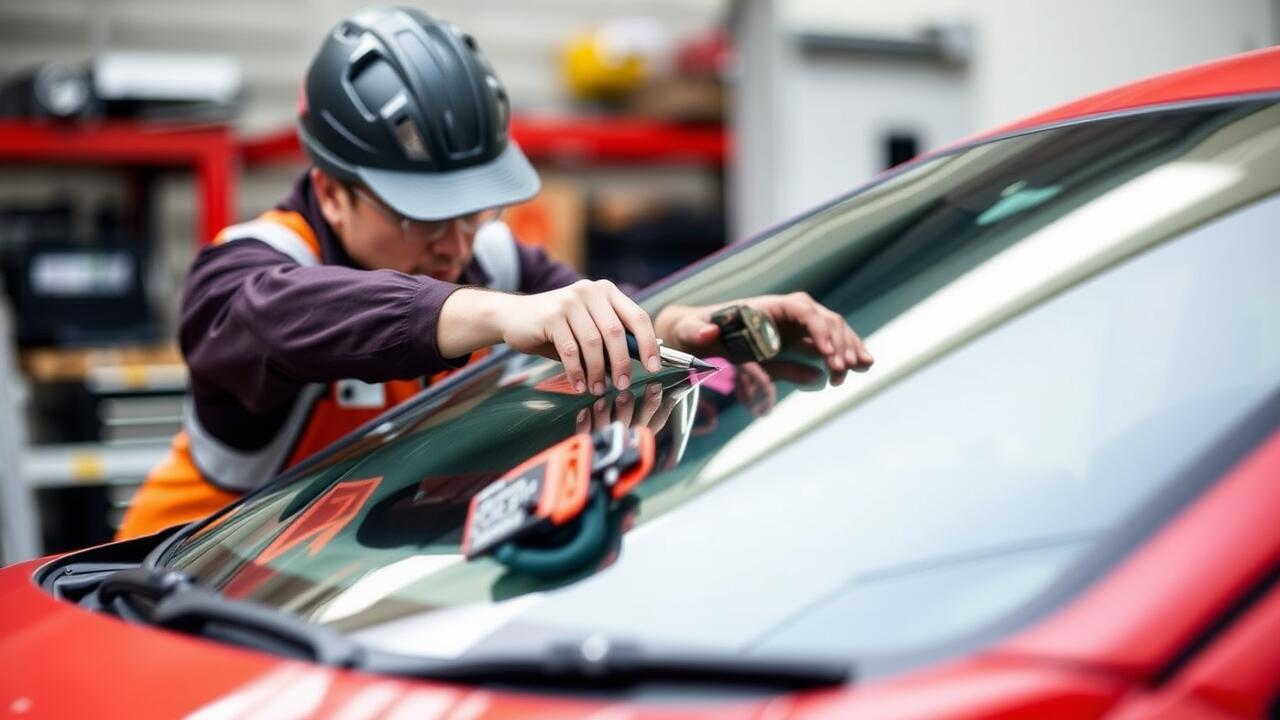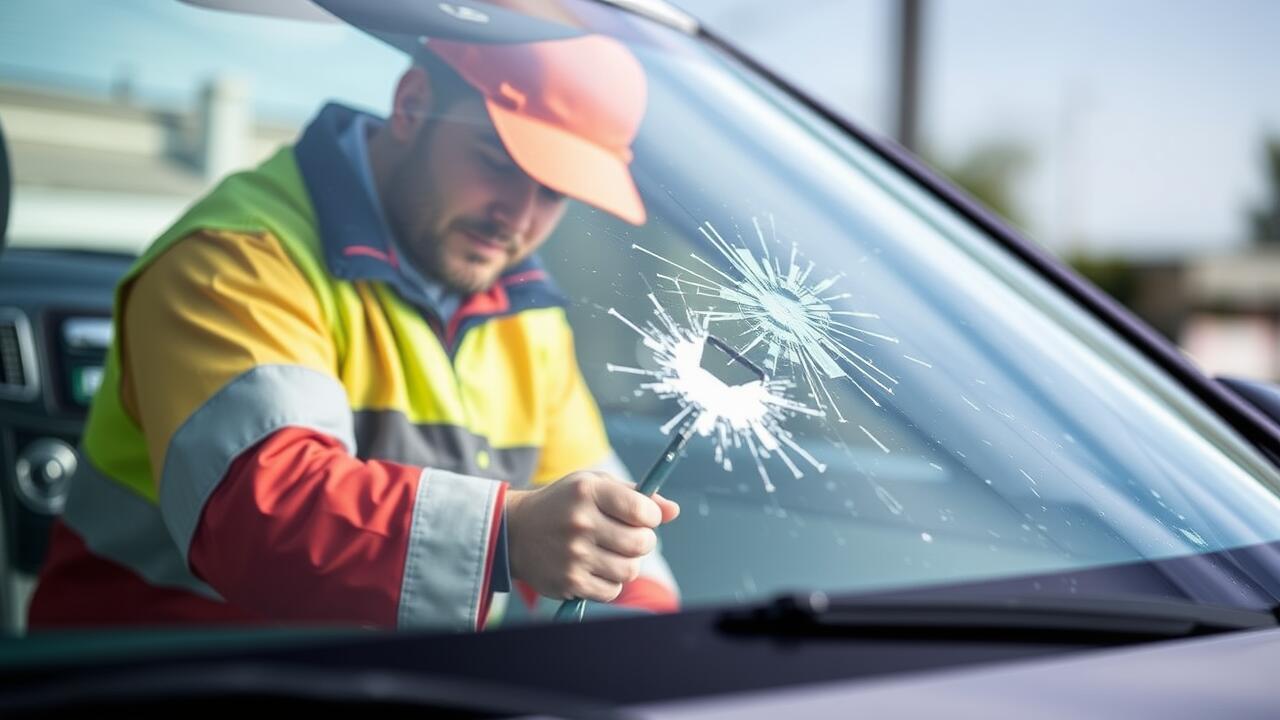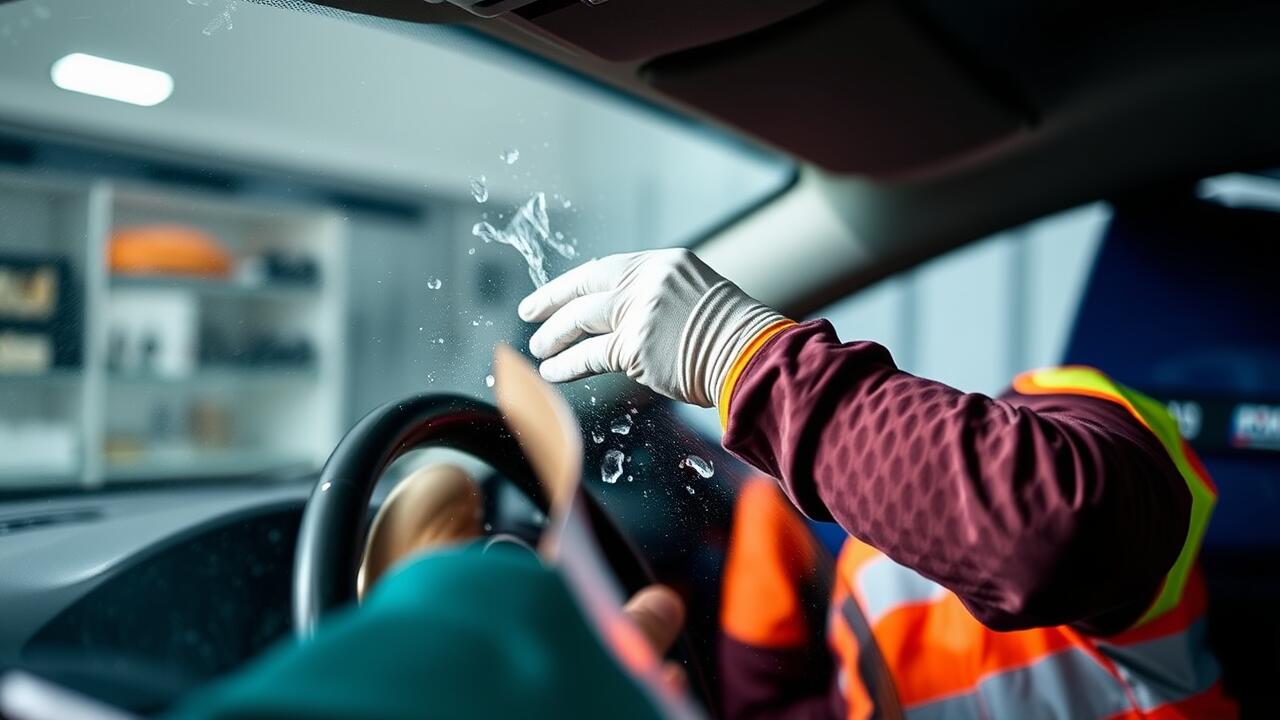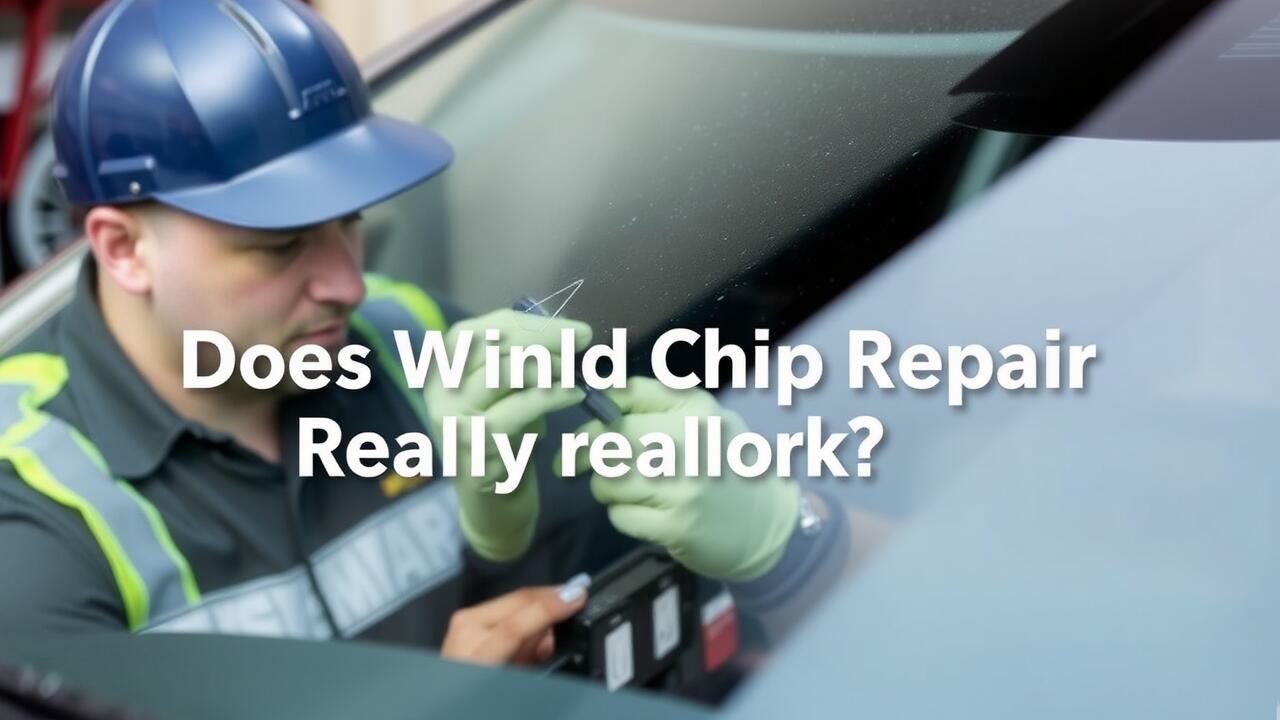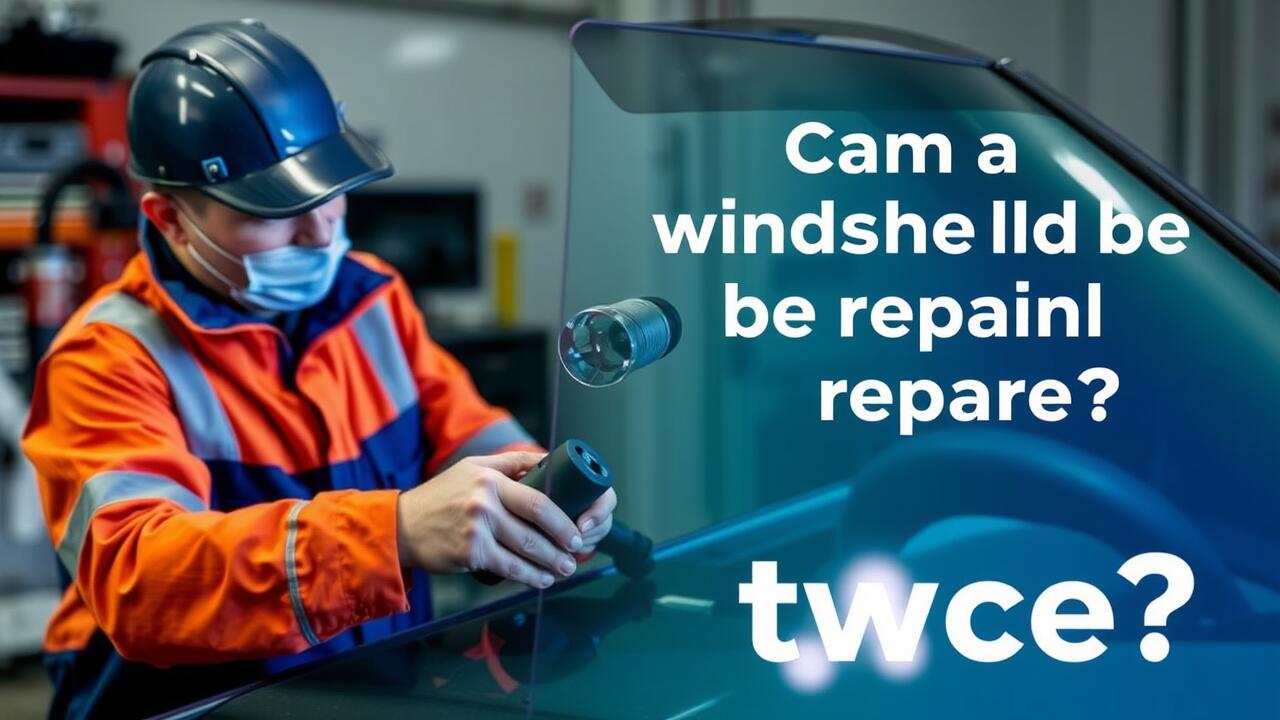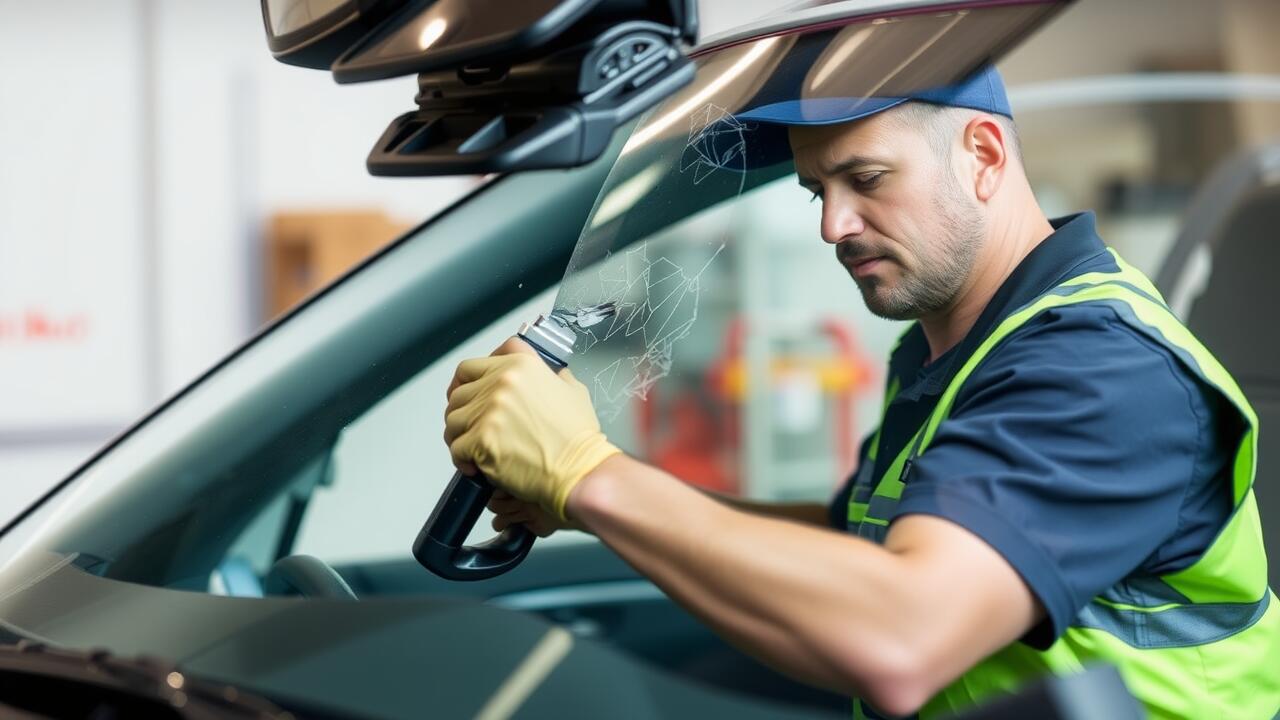
Table Of Contents
Choosing a Repair Method
Selecting the right repair method for rock chips is crucial to ensuring the longevity and clarity of your vehicle's windshield. Chip repair can often be performed using either DIY kits or professional services. DIY kits can be cost-effective and convenient for those with some mechanical inclination, allowing car owners to tackle minor chips without visiting a repair shop. However, not all chips are suitable for this approach. If a chip is too large or deep, professional assistance might be necessary.
Professional repairs typically use specialized equipment and techniques that provide a durable and clear finish. Technicians usually assess the chip's size and location before deciding on the best method. Chip repair undertaken by experts often includes the application of resin to fill the damaged area, ensuring that the repair blends seamlessly with the glass surface. This method not only restores visibility but also prevents further cracking, which could lead to a more costly replacement down the line.
Overview of Common Repair Techniques
Chip repair techniques vary in complexity and effectiveness, allowing car owners to select an approach that suits their needs. A common method involves filling the chip with a resin that bonds tightly to the glass. This technique not only restores the visibility of the windshield but also helps prevent the chip from spreading due to temperature changes or stress on the glass.
Another prevalent approach is the use of a patch or film that adheres over the damaged area. This method offers a quick solution and serves as a protective barrier against dirt and moisture. Both techniques are designed to address the damage promptly, reducing the likelihood of more extensive repairs down the line. By choosing the right chip repair method, vehicle owners can preserve the integrity and appearance of their windshields.
Materials Used for Repair
The materials used for chip repair play a crucial role in restoring the integrity of the damaged area. Commonly, resins are favored due to their strong bonding abilities and clarity. These resins can fill the chipped area effectively, minimizing the appearance of the damage while providing a protective barrier against further issues. Other substances can include specialized adhesives designed for automotive glass, which enhance the repair process and extend the longevity of the fix.
In addition to resins, some repair kits may include curing agents and tools for proper application. These materials work together to ensure that the chip is filled adequately and can withstand the pressures of daily driving. It’s essential to select high-quality materials for chip repair to prevent future complications and maintain the vehicle's overall value. Investing in reliable repair products can lead to a more effective and lasting solution for those unsightly rock chips.
The Role of Resin and Other Repair Substances
Resin plays a crucial role in the chip repair process, providing a strong bond that fills the damaged area of the windshield. This specialized substance is designed to mimic the optical clarity of glass, ensuring that visibility is not compromised once the repair is complete. By effectively sealing the chip, resin helps prevent further spreading and potential replacement, making it a valuable tool for maintaining windshield integrity.
In addition to resin, other substances may be utilized during the repair process. These can include various adhesives and sealants, which enhance the effectiveness of the chip repair. The choice of materials often depends on the specific type and size of the chip, as well as the environment in which the vehicle is used. An informed selection of these substances contributes significantly to the longevity and effectiveness of the repair.
Insurance Coverage for Rock Chips
Many car insurance policies include coverage for rock chip repairs, especially if the damage occurred while driving. Policyholders should review their coverage options to understand whether the cost of chip repair is fully covered or if any deductibles apply. Some insurers even offer specific programs dedicated to chip repair, aiming to encourage quick fixes that can prevent more extensive damage later.
It is essential to communicate with your insurance provider regarding the process for filing a claim related to chip repair. Gather all necessary documentation, including photographs of the damage and repair estimates. Some companies may require the repair to be performed by a certified technician to qualify for coverage. Understanding these details can help ensure that the expenses for chip repair are effectively managed.
Understanding Your Policy and Coverage Options
When considering chip repair, understanding your insurance policy is essential. Many drivers are unaware that their coverage may include protection for rock chip damage, especially if they have comprehensive coverage. Reviewing the specifics of your policy can reveal whether chip repair is covered at no cost to you. It’s worth checking the details, as some policies provide coverage for repairs without a deductible, while others may require out-of-pocket payments.
In addition to reviewing your policy, contacting your insurance provider can clarify the coverage options available for chip repair. Providers often have partnerships with repair shops, which can facilitate a smoother claims process. Knowing the extent of your coverage not only helps you determine if the repair costs are manageable but also enables you to choose the best repair service without incurring unexpected expenses.
FAQS
What are rock chips?
Rock chips are small dents or cracks in a vehicle's windshield or windows caused by flying debris, such as stones or gravel, typically during driving.
Why is it important to fix rock chips?
Fixing rock chips is crucial because if left untreated, they can expand and lead to more severe damage, potentially compromising the structural integrity of the windshield and posing a safety risk.
How much does it typically cost to repair rock chips?
The cost of repairing rock chips can vary depending on the size and location of the chip, but it generally ranges from $50 to $150 per chip.
Can I fix rock chips myself?
While there are DIY repair kits available for rock chips, it is often recommended to have them repaired by a professional to ensure a proper seal and avoid further damage.
Does insurance usually cover rock chip repairs?
Many insurance policies include coverage for windshield repairs, and some even waive the deductible, making it more affordable to get rock chips fixed. It's best to check your specific policy for details.
